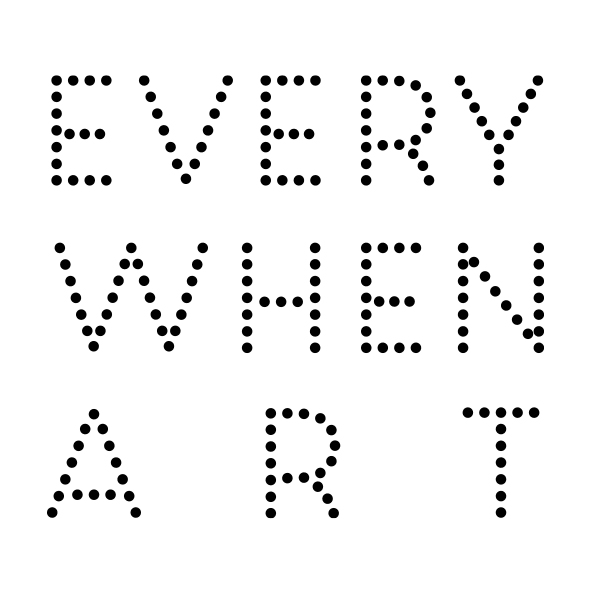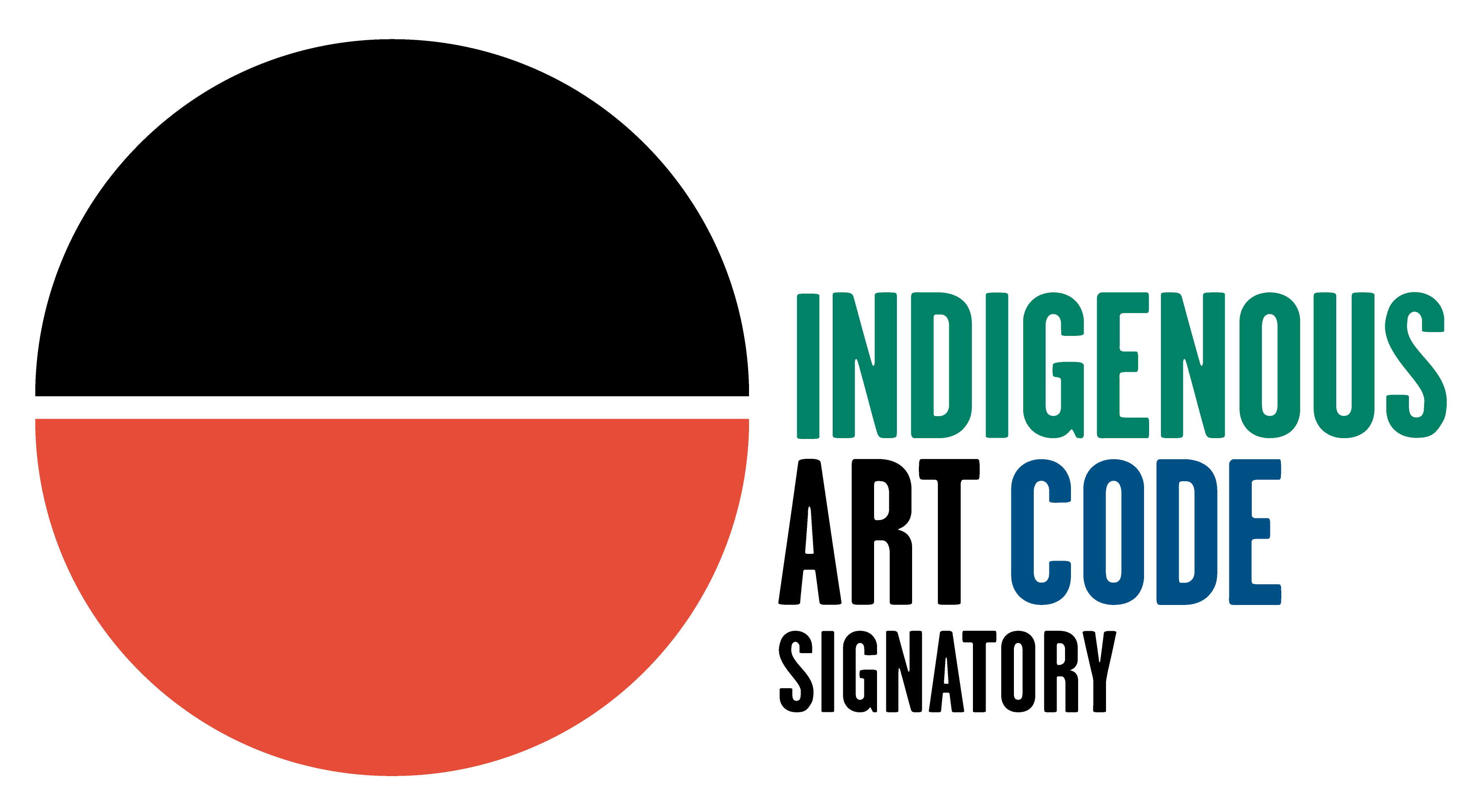Dianne Golding Ngaatjatjarra, b. 1962
35 3/8 x 35 3/8 in
Walka is Desert design and inextricably linked with Tjukurpa: the Law and way of life of Anangu (Central and Western Desert Aboriginal people). The symbols were traditionally used in cave, ground and body paintings, in story telling, teaching and signalling inheritance. Meaning of the designs depends on its subject and particular people are responsible for their re-creation and teaching according to the Tjukurpa. Highly experienced craftspeople have grown up making traditional tools and weapons under the instruction of their elders. They now apply this knowledge and express their world through art such as this.
Both the dot painting and etching techniques, where walka is burnt into the wood with wire heated on a wood fire, have become Centralian traditions, evolving with the adaptation of traditional design for public display and as a depiction of Tjukurpa and landscape.
'Paluru minyma kulira Tjukurpa tjunanyi, Tjukurpa kulila. Minyma kamiku Tjukurpa, culture kulira palyani, kunpu atunymankuntjaku. Watiku wiya. Minymaku Tjukurpa palulanguru tjunanyi. Tjukurpa tjuta minymangku pulka kanyini: mai; kuka; walytja; inma kanyini. Kunpu kanyini.' Minyma Pitjantjatjara
'A woman thinks and records Tjukurpa. Listen to the story: Women understand the ways of their culture from their grandmothers’ teachings and work to keep these strong. This isn’t the business of men. Women act according to Women’s Law. They hold a vast number of important teachings: to do with food; family; celebrations and education. They have strong culture.' Senior Pitjantjatjara woman.


